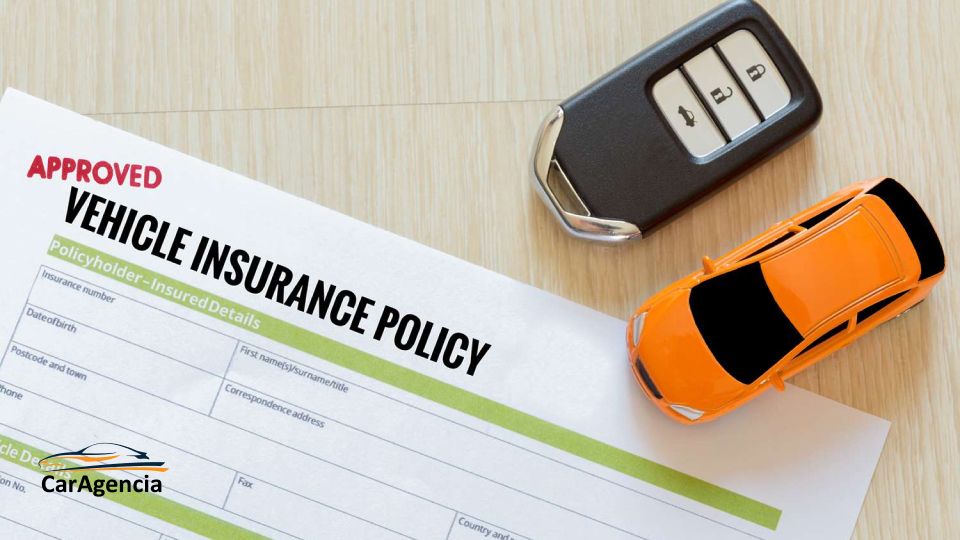 Kiran C
Kiran C
If you’ve shopped around for car insurance, you’ve probably come across the term "car insurance groups." But what are they, and how do they impact the cost of your insurance?
Understanding car insurance groups can help you make informed decisions when choosing a vehicle and potentially save you money on your premium. This blog breaks down everything you need to know about car insurance groups.
Car insurance groups are a classification system used by insurance companies to determine the cost of insuring a specific vehicle. Every car on the market is assigned to a group, ranging from Group 1 to Group 50. Group 1 cars are considered the cheapest to insure, while Group 50 cars are the most expensive.
These groups are determined by the Group Rating Panel, which consists of representatives from insurance companies and the Association of British Insurers (ABI). They assess vehicles based on a variety of factors to decide their group placement.
Car insurance groups matter because they directly impact your car insurance premium. The higher the group number, the more expensive your insurance will likely be. For example, a small hatchback in Group 1 will be much cheaper to insure than a high-performance sports car in Group 50.
Understanding car insurance groups can be particularly beneficial for:
First-time drivers looking for lower premiums.
Budget-conscious individuals wanting to manage their insurance costs effectively.
Families shopping for practical, cost-efficient vehicles.
If you’re in one of these categories, choosing a vehicle from a lower car insurance group can make a significant difference in your premiums.
The classification of a vehicle into an insurance group isn’t random. Instead, it’s based on several key factors:
Insurance companies evaluate how expensive and time-consuming a car is to repair. Vehicles made with high-tech materials or advanced features typically cost more to repair, placing them in higher groups.
Expensive cars usually cost more to replace in the event of total loss, making them fall into higher groups. On the other hand, affordable cars are cheaper to insure.
High-performance cars with powerful engines are more likely to be involved in accidents, according to statistics. This places them in higher insurance groups. Smaller, slower engines are less risky, fitting into lower groups.
Cars equipped with advanced safety features (such as collision detection or autonomous braking) are less likely to be involved in accidents and are typically assigned to lower groups.
Vehicles that use rare or expensive parts are more costly to repair, which moves them to higher insurance groups.
Cars equipped with robust security systems, such as GPS tracking or immobilizers, are at a lower risk of theft. This can contribute to a lower insurance group.
To provide some context, here are examples of vehicles in different car insurance groups:
Group 1: Toyota Aygo, Volkswagen Up!
Group 10: Ford Fiesta, Hyundai i10
Group 25: Mazda MX-5, Mini Cooper
Group 50: Porsche 911, Audi R8
Keep in mind that these groupings can vary depending on the specifics of the car model and its features.
If you’re considering buying a car and want to know its insurance group, there are a few ways to find out:
Use an Online Car Insurance Group Checker
Several websites and tools allow you to quickly identify a car’s insurance group by entering its make and model.
Ask the Dealer
Car dealerships often have information about the estimated insurance groups for the vehicles they sell.
Check Comparison Sites
When getting car insurance quotes on comparison websites, the insurance group is often displayed alongside the policy options.
While car insurance groups play a significant role in determining premiums, there are additional ways to reduce your costs:
Choose a Lower-Group Car
Opt for vehicles in Groups 1 to 10 for the most affordable options.
Install Security Features
Adding features like a steering lock, immobilizer, or dashcam can lower your risk profile.
Build a No-Claims Bonus
Safe driving over time typically reduces premiums.
Pay Annually
Paying your insurance premium in one lump sum is often cheaper than monthly payments.
Increase Your Voluntary Excess
Offering to pay a higher excess in the event of a claim can reduce your premium.
Car insurance groups are a valuable tool to understand when choosing your next vehicle. A car’s group can influence not only your insurance premium but also factors like repair costs and risk levels. By researching the insurance group of a car before purchasing, you can make decisions that fit both your driving needs and your budget.
Looking to save on car insurance? Consider a lower-group vehicle that fits your lifestyle. Small changes can lead to big savings!